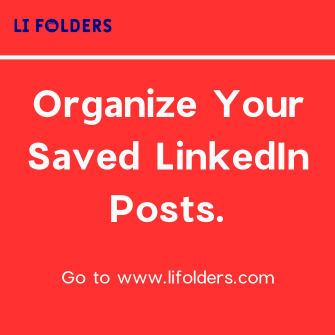
Yes, you can read a LinkedIn message without the sender knowing by adjusting your privacy settings to disable read receipts. This allows you to view messages discreetly without triggering the "seen" notification. Alternatively, you might consider using email notifications to preview messages or turning on airplane mode before opening the LinkedIn app, which prevents the sender from receiving a read receipt while you view the message. These tactics can help you manage your responses and maintain your privacy efficiently. Exploring further can provide you with additional insights and techniques to enhance your LinkedIn experience effectively.
Understanding LinkedIn Notifications
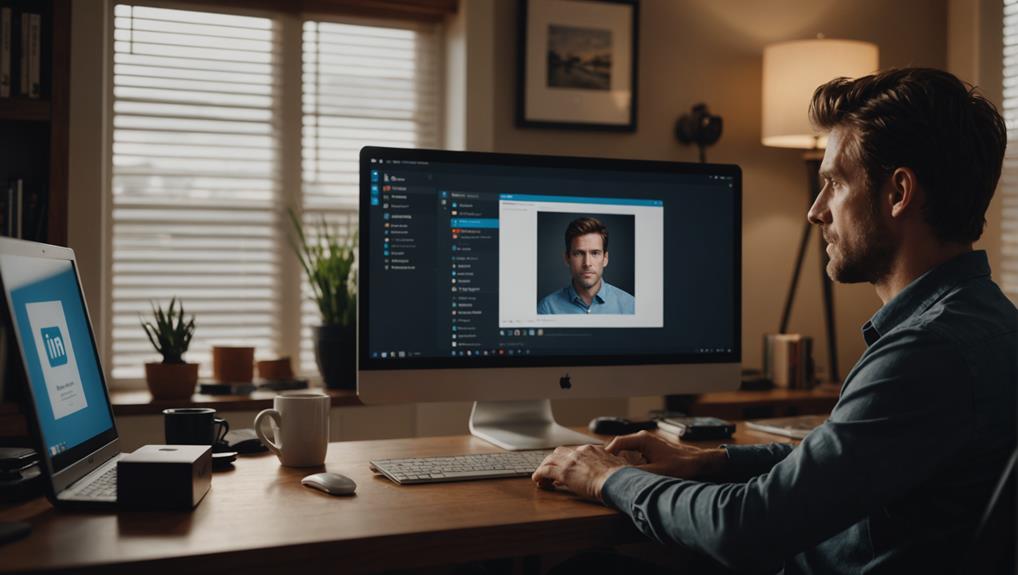
To effectively manage your LinkedIn interactions, it's crucial to understand how the platform's notifications work. When someone engages with your content, whether they're liking your post, commenting, or mentioning you, you'll receive notifications. This keeps you in the loop, allowing you to maintain active and meaningful connections.
When you're part of a community, knowing who's interacting with you helps you feel included and valued. LinkedIn's notification system is designed to foster this sense of community by alerting you whenever there's activity related to you. It's not just about staying updated; it's about feeling a part of something larger.
You can customize these notifications too. If you find you're getting too many, or if they're not relevant, you can adjust your settings to receive only those that matter most to you. This way, you're not overwhelmed and can focus on interactions that enhance your professional relationships. Remember, each notification is a potential opportunity for collaboration or growth. By managing them effectively, you ensure you don't miss out on chances to deepen your connections and further your career goals within your professional community.
The Basics of LinkedIn Messaging
Understanding LinkedIn's messaging system is essential for maintaining effective communication within your professional network. As a member of this dynamic community, you've got a powerful tool at your fingertips, allowing you to connect directly with colleagues, mentors, and industry leaders. It's more than just sending and receiving messages; it's about forging connections that could shape your career path.
When you start a conversation or respond to an inquiry, you're engaging in a process that holds the potential to expand your professional circle. Think of each message as a miniature handshake, a first impression that could lead to deeper collaboration and understanding. LinkedIn's messaging feature supports not only plain text but also allows you to send attachments and emojis, which can help in personalizing communication and expressing thoughts more vividly.
Moreover, staying active and responsive is crucial. By regularly checking your messages and replying promptly, you show that you're a committed professional who values relationships. This responsiveness fosters a sense of community and belonging, reinforcing your position within your network. So, dive into your LinkedIn messages with enthusiasm and consider each interaction an opportunity to reinforce or expand your professional relationships.
Privacy Settings Overview
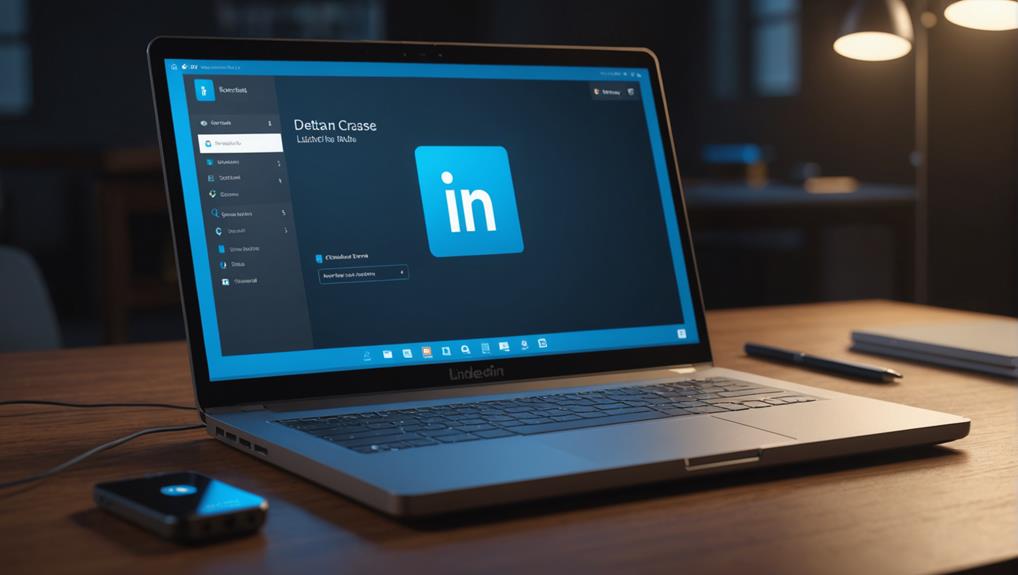
You can enhance your control over personal interactions on LinkedIn by adjusting your privacy settings. These adjustments allow you to tailor your experience and safeguard your information, ensuring you're only sharing what you want with the community you trust. It's about feeling secure in your online space, knowing you're surrounded by peers who respect your boundaries.
Navigating to the settings page, you'll find options to manage who can see your connections and how others see your profile when you've visited their pages. You can decide if you want your network updates to be public or just visible to your connections. It's like setting the rules at your own party—you get to decide who's in and who hears what.
Moreover, adjusting how others see your activity on LinkedIn helps you maintain the professional image you're cultivating. Whether it's choosing who can see your posts or managing visibility settings for your shares, each choice you make reinforces the professional boundaries you set.
Reading Messages Incognito
Adjusting your privacy settings allows you to read messages on LinkedIn without alerting the sender. You're part of a savvy group that values discreet communication, right? Well, making a few tweaks can ensure you stay informed and responsive on your terms.
When you dive into your LinkedIn settings, you'll find options that tailor your message receipt notifications. This isn't just about keeping secrets; it's about managing your digital interactions on your schedule. Imagine checking messages at a pace that suits you, without the pressure of an immediate response. You're keeping your connections strong but on your own terms.
Moreover, this approach helps you prepare better responses. You can take your time to think over the message content, research if necessary, and craft replies that are thoughtful and considered. Isn't it great to have the chance to reflect before diving into a conversation?
Workarounds for Stealth Reading
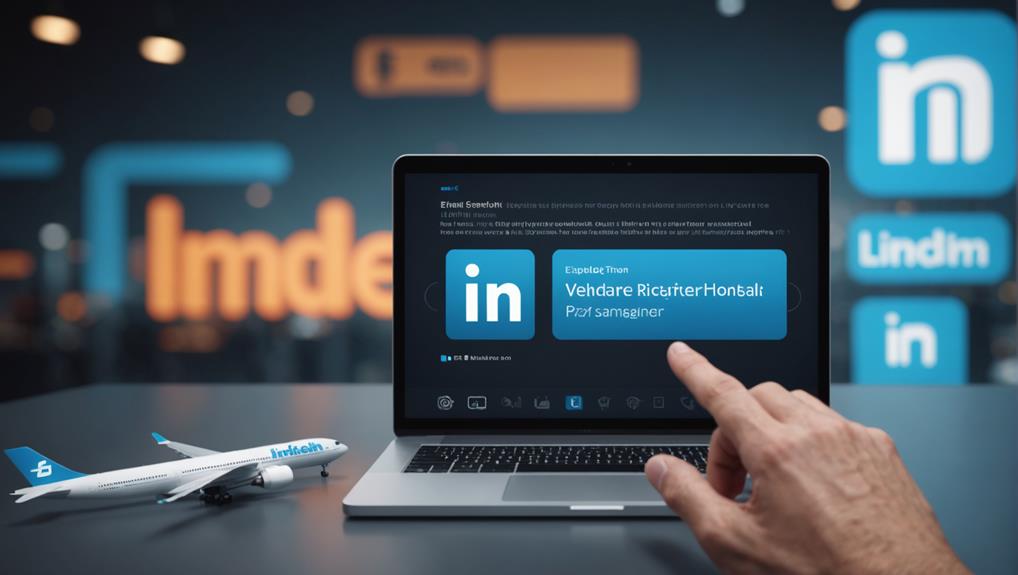
Let's explore some clever methods that allow you to read LinkedIn messages unnoticed. First, you can use the "mark as unread" feature after reading a message. This way, you can take your time to process the information and respond thoughtfully without the sender knowing you've seen it immediately.
Another workaround involves turning on airplane mode before opening your LinkedIn app. Once offline, you can read the message without triggering the read receipt. Just make sure to close the app completely before turning off airplane mode to ensure the action isn't logged.
You might also want to consider using email notifications. LinkedIn sends an email for every message you receive if you've enabled this feature in your settings. You can read these emails without affecting your LinkedIn read status. This method keeps you informed and connected without signaling your activity.
Lastly, there's an option for those who frequently check messages on different devices. Try accessing LinkedIn on a device not primarily used for your professional communications. Often, the sync might delay updating your online status, giving you a window to read messages covertly.
The Ethics of Unseen Messages
While exploring these methods, it's crucial to consider the ethical implications of reading messages without the sender's knowledge. You're part of a community on LinkedIn, where trust and transparency are vital. Imagine how you'd feel knowing someone could bypass your expectations of a normal conversation. It's about respecting the sender's intentions. They chose to reach out, assuming you'd engage openly.
You might justify this action by wanting to prepare a thoughtful response or manage your time better, but consider the impact on mutual respect. Trust is the foundation of your professional network. When it's compromised, even in small ways, it can ripple out, affecting not just one interaction but your entire reputation.
Tools to Maintain Privacy
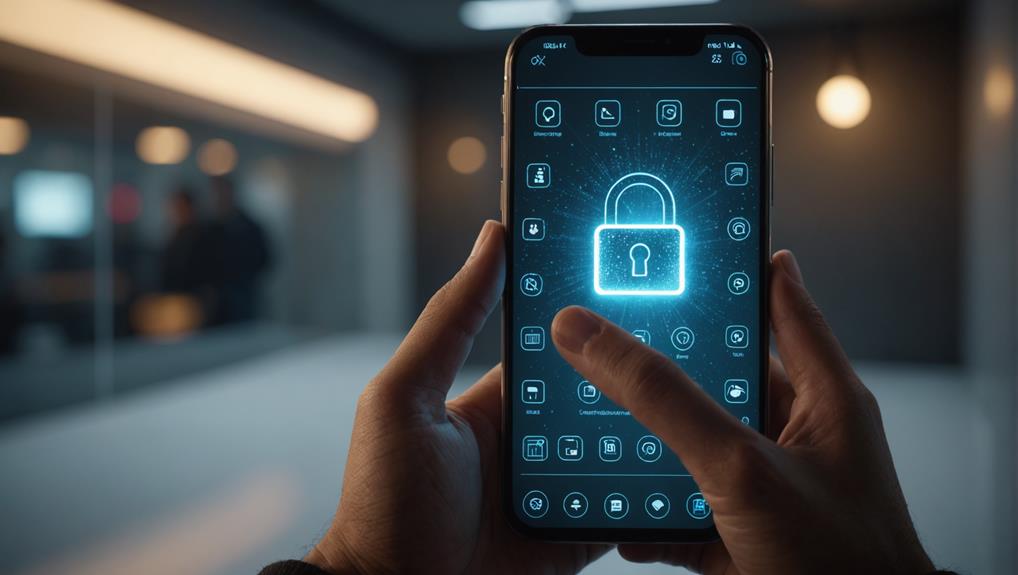
You often need tools to maintain privacy when navigating LinkedIn messages. It's a space where you want to feel connected, yet maintain control over how and when you engage.
One powerful tool is LinkedIn's own settings. You can tweak who sees when you're online and who doesn't. This feature lets you browse messages and profiles without announcing your activity. It's like being at a networking event invisibly, where you can observe before diving into conversations.
Another helpful tool is using third-party browser extensions. These can block read receipts or even schedule when your replies are sent. It's like having a personal assistant who knows exactly when you'd prefer to respond, keeping your presence discreet yet timely.
Email notifications are also a handy feature. Instead of opening messages directly on LinkedIn, you can read them first in your email. This way, you'll know the content and context before deciding to engage on the platform.
These tools empower you to manage your digital interactions on your terms. You're part of the community, but with the space to choose how you participate. This balance is key to feeling both connected and protected in your professional circle.
Impact on Professional Relationships
Reading LinkedIn messages without alerting the sender can subtly influence your professional relationships, potentially shaping how colleagues perceive your responsiveness and engagement. You're part of a community on LinkedIn, where connection and communication hold the keys to opportunities. If you're seen as aloof or unresponsive, it might affect your chances to build trust and collaboration.
Imagine you don't open messages promptly or leave them unread without response; it might make your connections feel undervalued, as if their outreach is not worthy of your time. This could lead to missed opportunities, as people tend to move towards more engaging, responsive contacts. You're not just managing a profile, you're nurturing a professional network. Each interaction or lack thereof paints a picture of your professional ethos.
On the flip side, being responsive shows that you value others' time and contributions, fostering a sense of mutual respect and belonging. When you engage actively, you're not merely exchanging information; you're building relationships that could be vital for your career advancement. Remember, your approach to communication can significantly influence how you're integrated into this professional community.
Legal Considerations

Before exploring strategies to view LinkedIn messages discreetly, consider the legal implications of such actions. As a member of the professional community, you're not just part of a network; you're part of a society governed by norms and laws. Understanding these can help you navigate your decisions with confidence.
Firstly, it's important to realize that privacy policies and terms of service on platforms like LinkedIn set out clear guidelines on how messages should be handled. These documents aren't just formalities; they're binding agreements you accept when joining the platform. Violating them could expose you to legal risks, ranging from warnings to account suspension.
Moreover, depending on where you're located, there might be local laws regarding digital communications that you need to consider. For instance, some jurisdictions have laws about intercepting communications which could apply to unauthorized reading techniques. It's crucial to ensure you're not stepping over legal boundaries that could have serious implications.
Future Updates and Changes
While considering the legal frameworks, it's also important to stay informed about possible future updates and changes to LinkedIn's policies that might affect how messages are viewed. As a member of this vibrant community, you're not just adapting to today's standards but also preparing for tomorrow's innovations. You want to feel included and up-to-date, ensuring you're never left behind as the platform evolves.
LinkedIn often updates its features and privacy settings, aiming to enhance user experience and data protection. To stay ahead, you'll want to regularly check their official announcements or updates on your settings page. This proactive approach ensures you're not caught off guard by any new changes that might alter how you interact with messages or manage your visibility.
Additionally, consider joining LinkedIn groups focused on privacy and user experience. These communities are invaluable for receiving real-time updates and tips from fellow users who also prioritize staying informed. Engaging with these groups not only keeps you in the loop but also reinforces your belonging in a network that values smart, informed interaction.
Conclusion
You've explored the nuances of LinkedIn's messaging and privacy settings, understanding how to read messages without alerting the sender. By using workarounds and tools, you can maintain your privacy while still staying informed. Remember, while these strategies can help you manage your professional interactions discreetly, they might impact your relationships. Always consider the ethical and legal implications of your choices. Keep an eye on future updates to ensure your techniques remain effective and appropriate.






